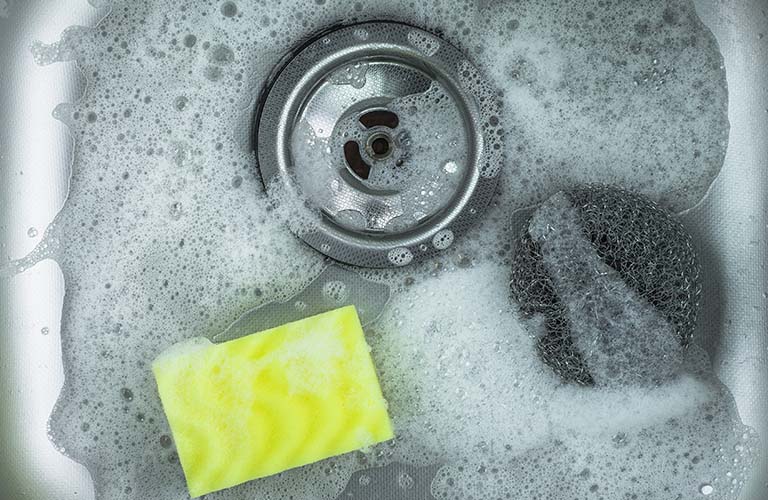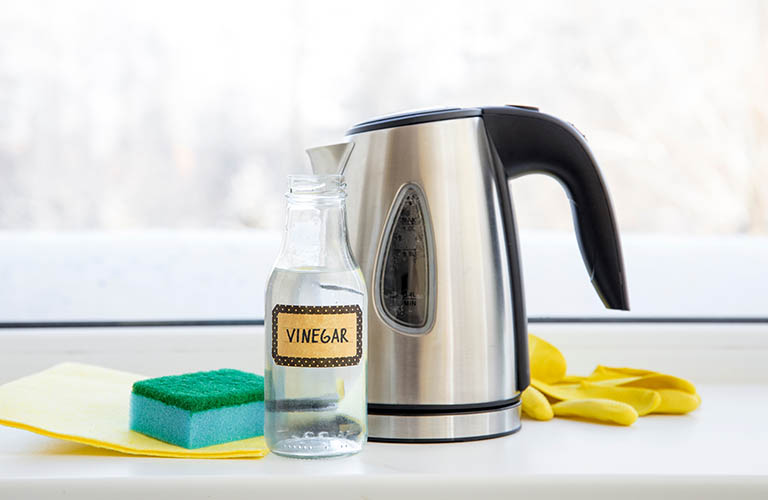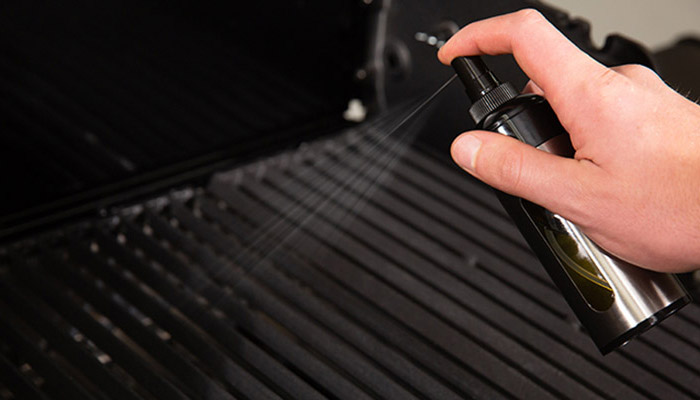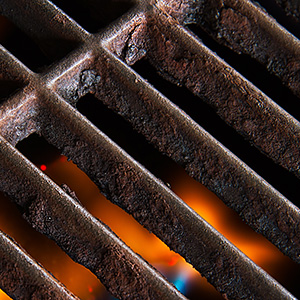Tips and Tricks | How to Get Rust Off Cast Iron

Cast iron is one of the best and most desired cooking materials for home and professional chefs. It’s incredibly versatile and tough in the kitchen, as it can handle high temperatures and deliver even, consistent heat. That’s why we make many of our grill grates and accessories from this quality material. Our cast iron cooking grates absorb the intense heat from the burners and distribute it across the surface of your food for a beautiful sear. They’re also reversible, so you can choose between the pointed side for clean, deep lines on your steak or the grooved side to help baste your meat as it sizzles. But as any chef knows, you must properly maintain your cast iron if you want the best results.
We’ve previously written about the importance of seasoning cast iron grates and accessories to prevent rust. But what happens if you’re too late and begin to see flaking and discoloration once rust has set in? Is there any hope of saving them without having to replace them outright? We’ve got a few tricks for how to get rust off cast iron to prolong the life of your grill grates even after they’ve been affected.
These methods remove rust once it’s already set in. The best defence against rust from ever forming is the routine seasoning of your cast iron grates, griddles, and roasters. The same techniques are effective for any of your cast iron cookware, as are our seasoning guides. We recommend always doing a high-heat burn-off after every cook, then following it up with a thorough oil coating to protect the cast iron and maintain a non-stick surface.
If you’ve caught it early, there is still a chance to revitalize your grids and protect them from future deterioration. Follow the steps below to restore your grates to their former glory and get ready for summer grilling!
Get Set Up


The first thing you want to do is set up a cleaning station. You can certainly do so in your kitchen sink – but it could make a bit of a mess. You may prefer setting something up outside to make clean-up easier. An old cooler works well if you’ve got one. We also recommend setting up a sheet or tarp on the ground to prevent grease stains on your deck or patio. You’ll also need some old rags, a dish brush or a scrubbing pad to gently scour the surface of your grates.
You should do an initial burn-off before scrubbing to reduce the mess while cleaning. Fire up your grill on medium-high to turn that grime into ash, then give it a good brush. That way, you’re strictly dealing with rust in the following steps without loads of grease.
If you’re dealing with some light surface rust, this may be enough to remove any flakes, and you can skip the more aggressive steps below. If that’s the case, turn your burners down to medium-low, thoroughly season, and let the oil bake on before turning off the grill.
How to Get Rust Off Cast Iron
There are a few methods for rust removal, depending on the level of corrosion. If all you’re dealing with is some light surface rust, you can use a dish brush with dish soap and warm water. Dish soap will break down oil and grease on the grids while the brush clears away surface rust.
Another alternative that some find more effective than soap and a scrubber alone is to make a polish using baking soda and dish soap. Mix roughly equal parts baking soda and soap to form a thicker paste and begin to work it into the metal. You can also try adding some lemon juice or vinegar to the paste, which will quickly break down grease and rust. Just be cautious with this method, and don’t leave the paste on too long, or you may begin to corrode the metal.
If the rust is more extensive and set in, you may need to start with a vinegar bath. Place the grates in your cleaning vessel and mix equal parts water and distilled white vinegar. Let them soak for at least 15 minutes but no longer than one hour. You’ll know they’re ready to come out once the rust flakes off. The vinegar will dissolve the rust, but if left too long, it can begin to dissolve the cast iron, which will ultimately ruin the grates. From there, you can use a rag or dish brush to gently remove the flakes, along with some mild dish soap.
Once you’ve successfully removed the rust, it is vital that you dry the cooking grates immediately rather than let them air dry. If you leave them wet, you will negate all that hard work spent cleaning off the rust! Instead, use a clean rag and pat the grids dry (rubbing will cause little fibres to stick to the cast iron).


Re-Seasoning Your Cast Iron

Once the grids are dry, the last and most crucial step is to thoroughly re-season your grates with quality cooking oil. To do this, place the grates back on the grill and fire it up. Let it reach about 350˚F, and then use either an Oil Spritzer or Basting Set to give each grid a heavy coating of oil. We recommend using something with a high smoke point, like avocado oil, but any cooking oil is better than none if done consistently. Ensure you get both sides of the grids and let the grill run with the lid closed for about an hour to let the oil bake in. Once done, you can turn off the grill and let it cool.


While cast iron is more finicky than its stainless steel counterpart, it certainly has advantages. It delivers some of the best searing performance and even heat distribution of any cooking material. That’s why it is the preferred choice of chefs in the kitchen. But you’ve got to take care of it if you want to keep cooking on it for years to come.
Of course, cast iron has a point of no return; if the rust is extensive, it’s better to cut your losses and start fresh. You can find replacement grids online or at many of our in-store retailers.
